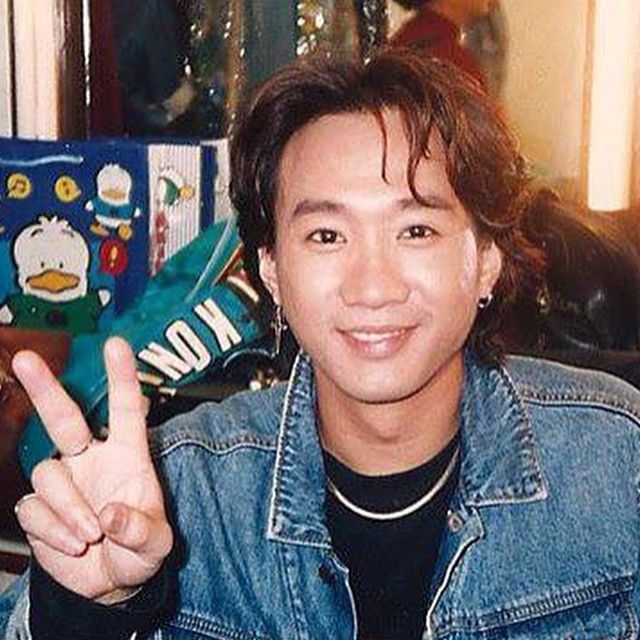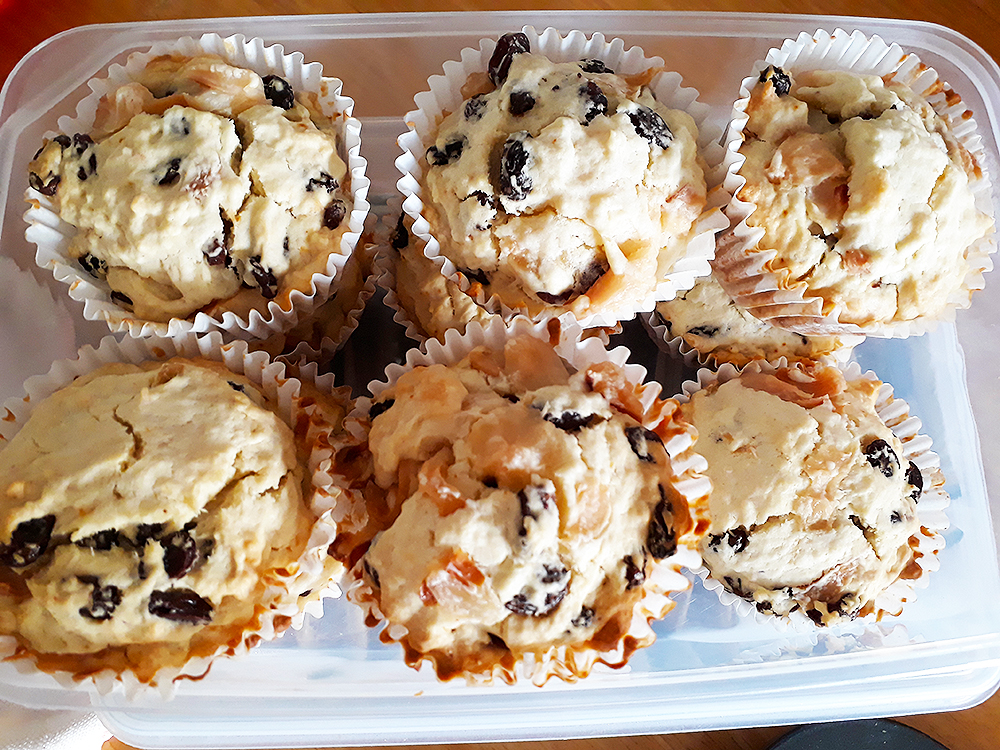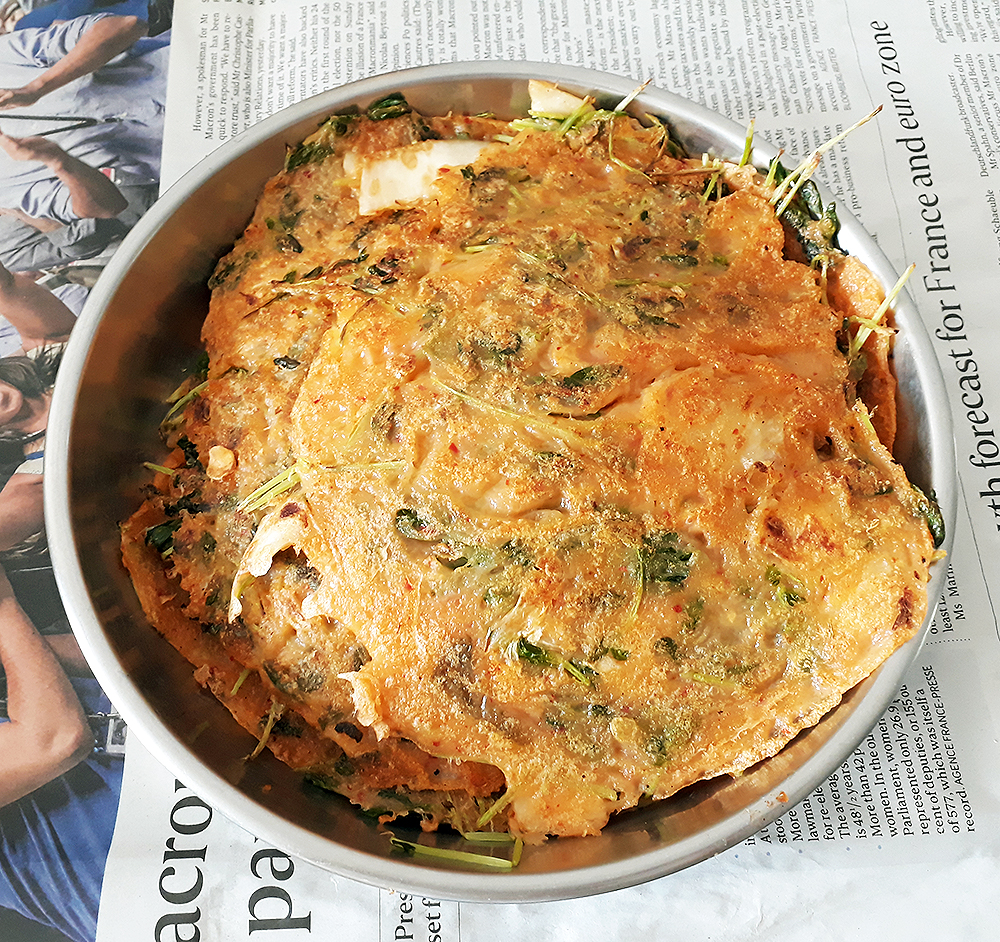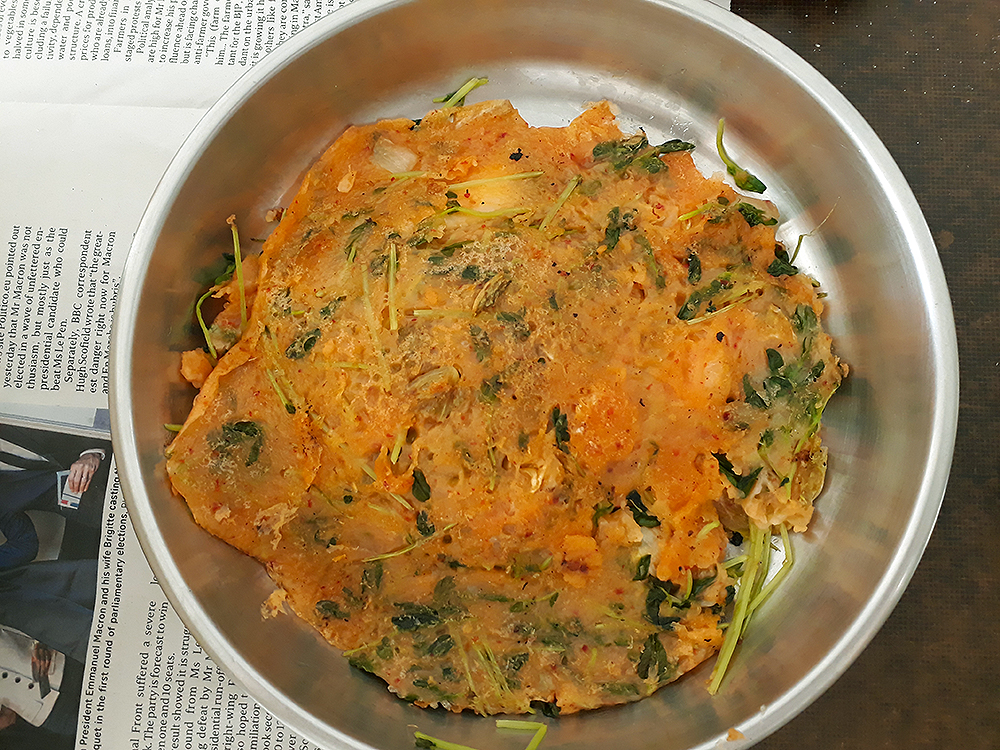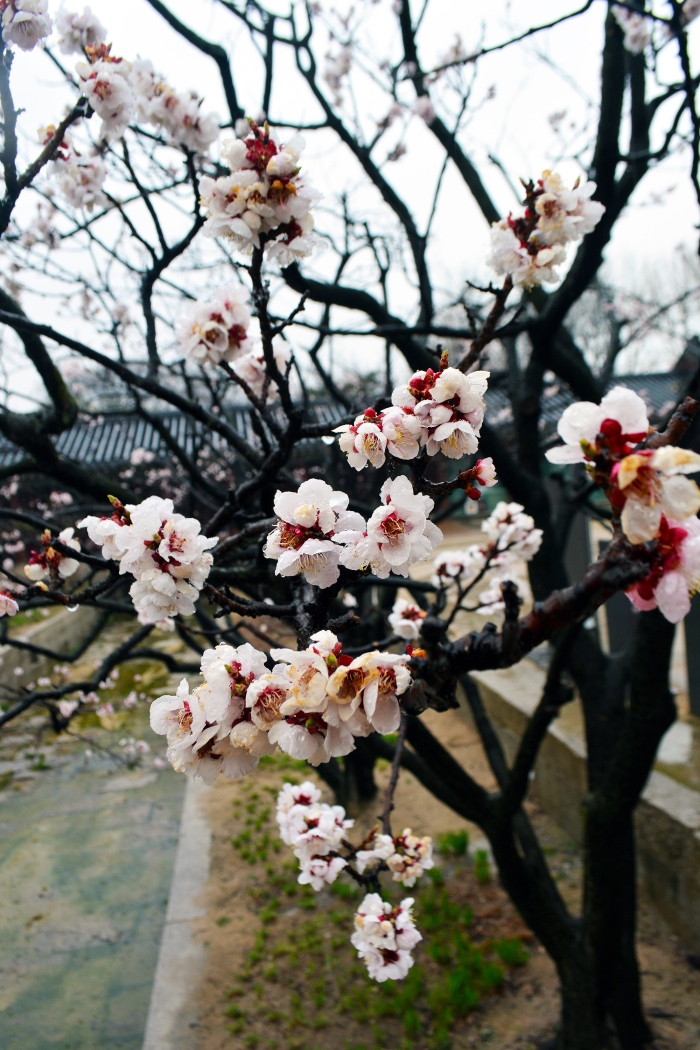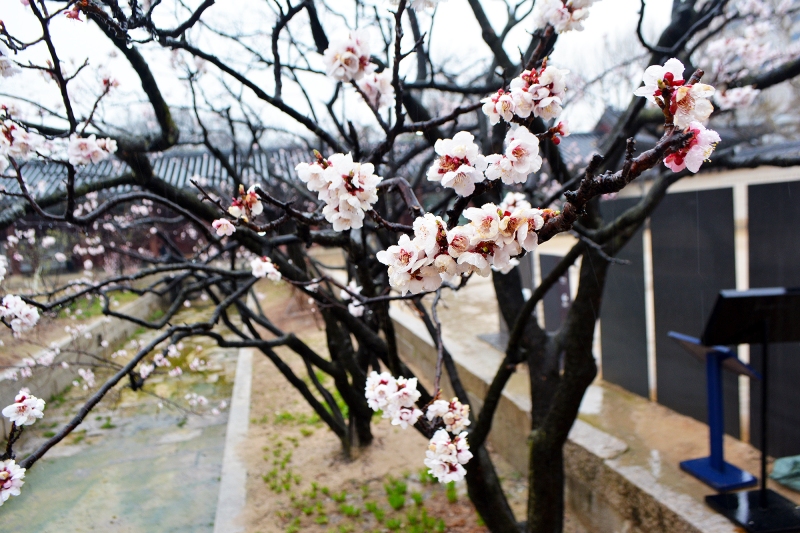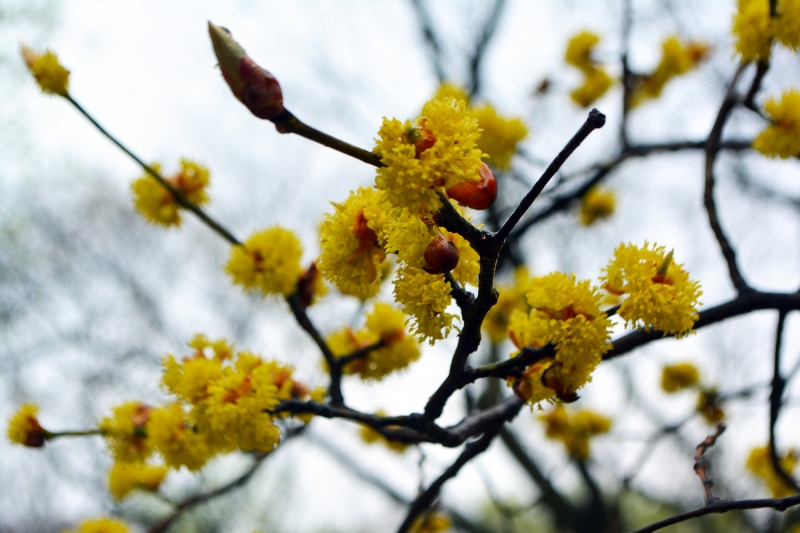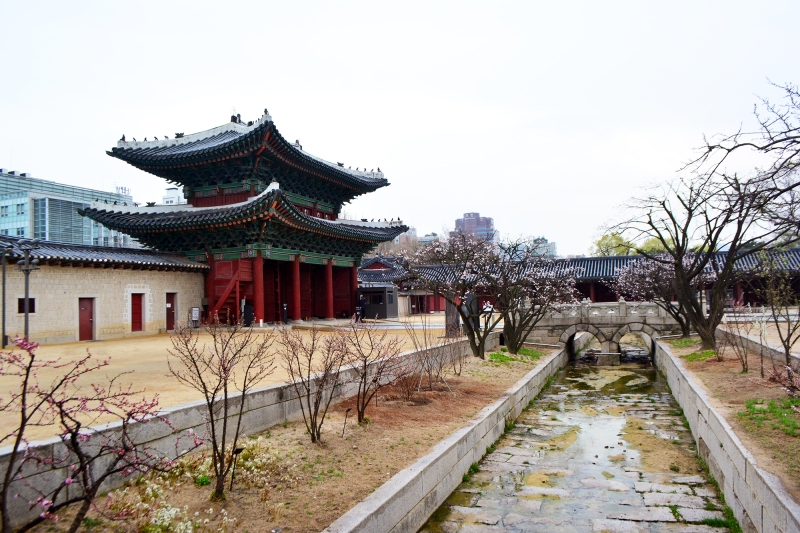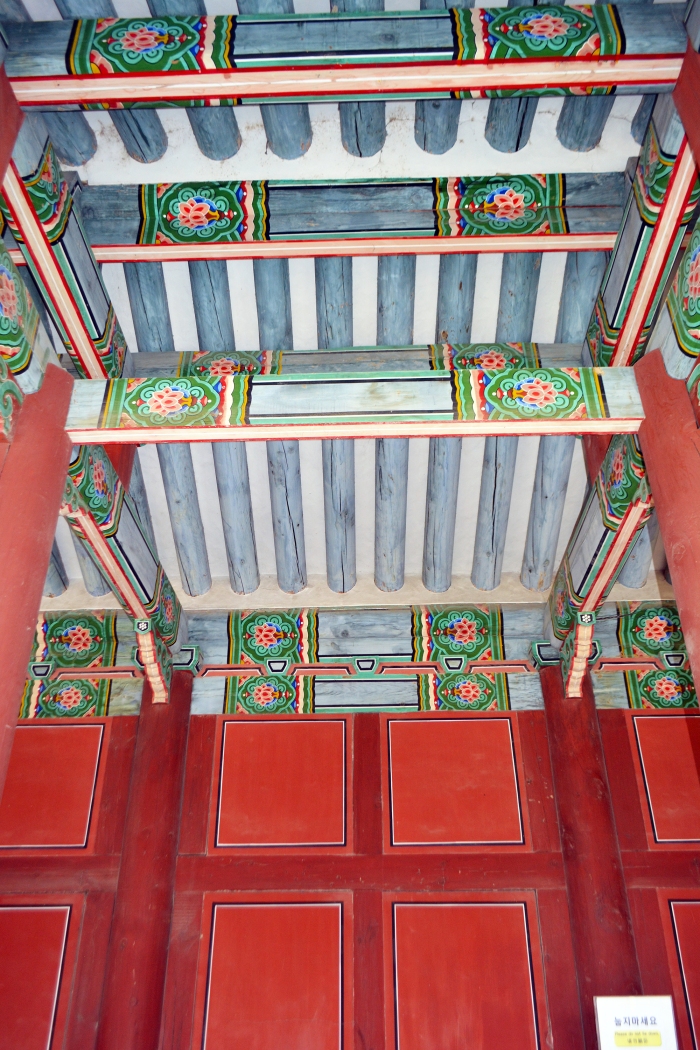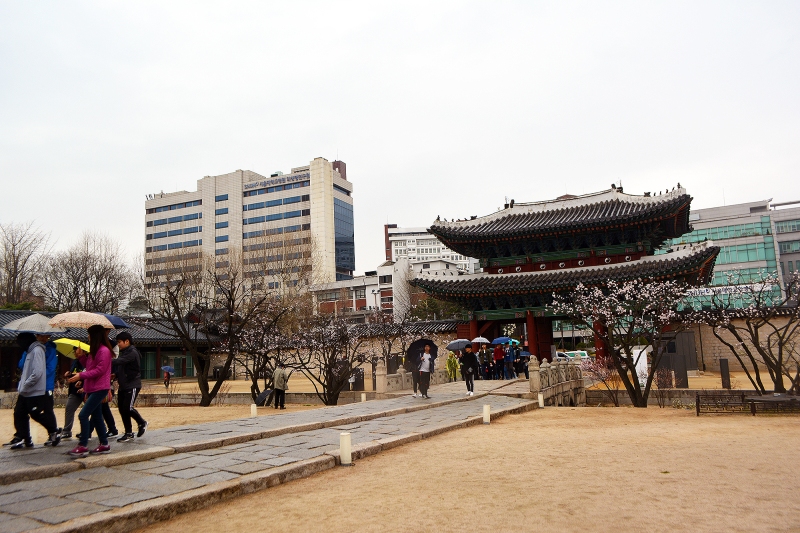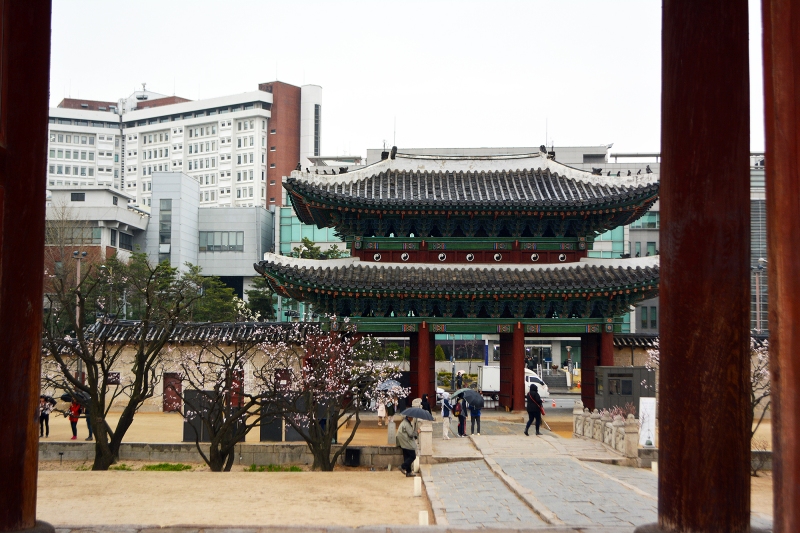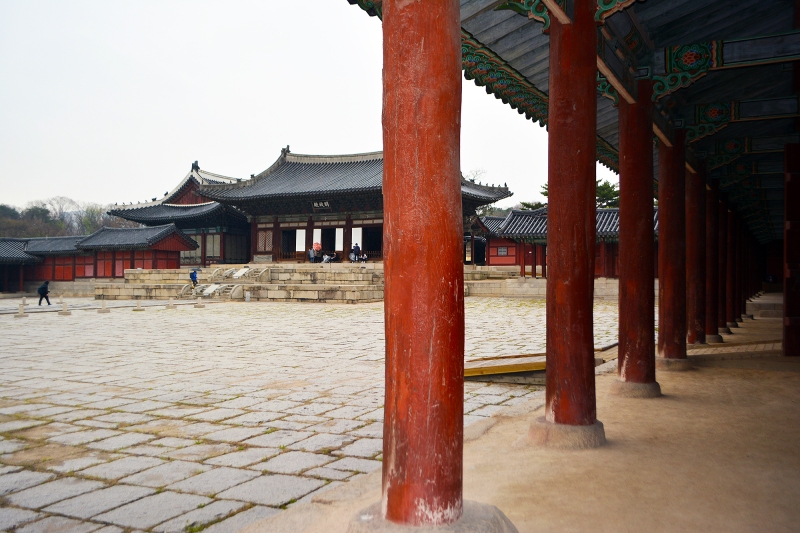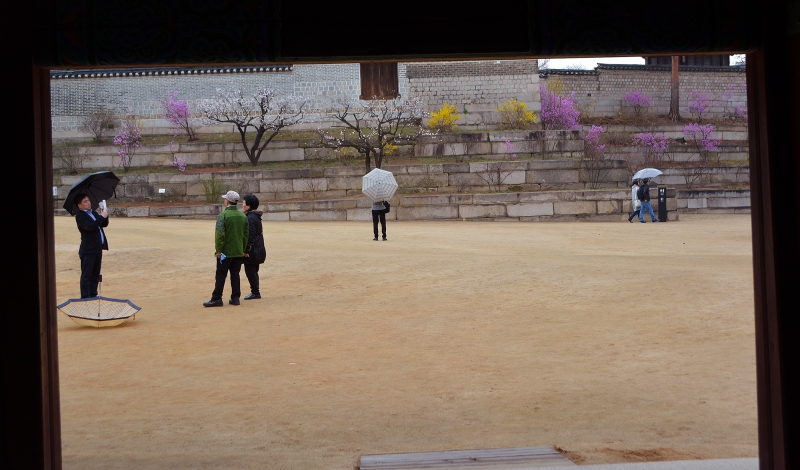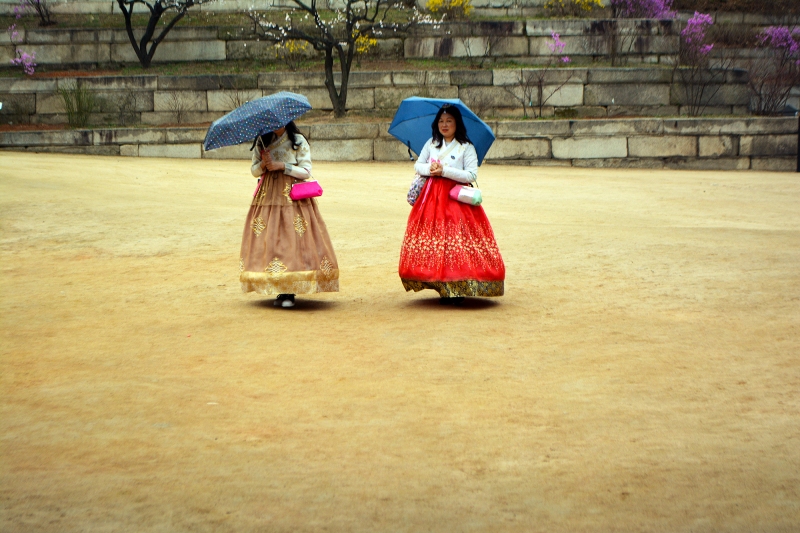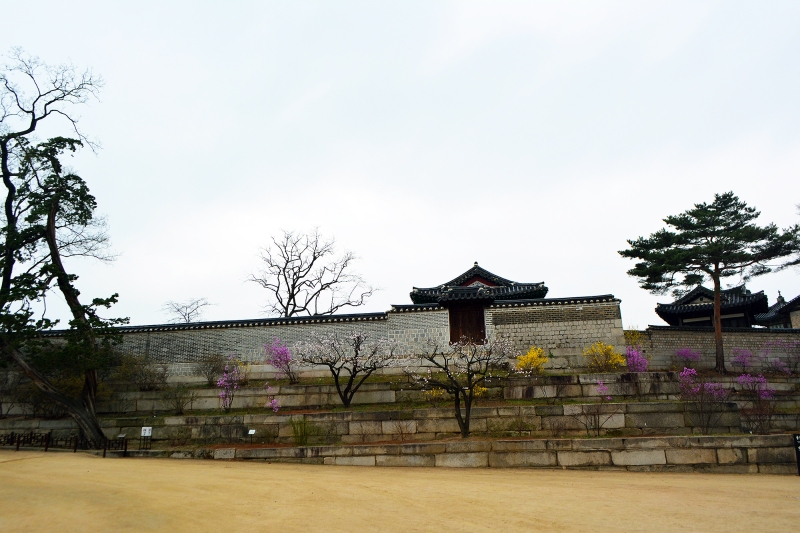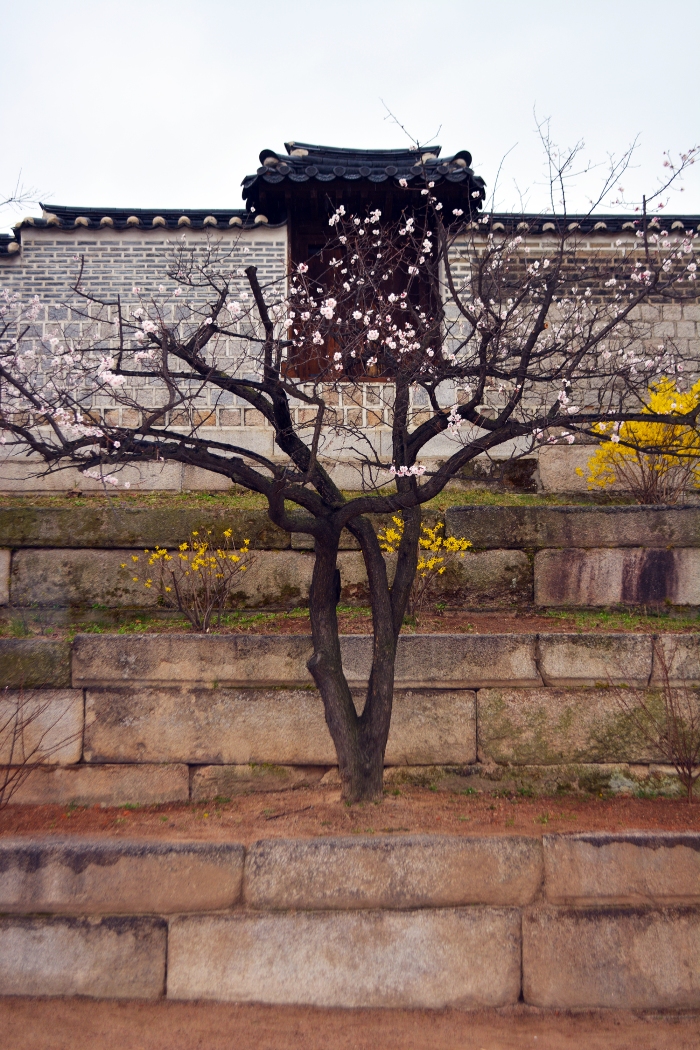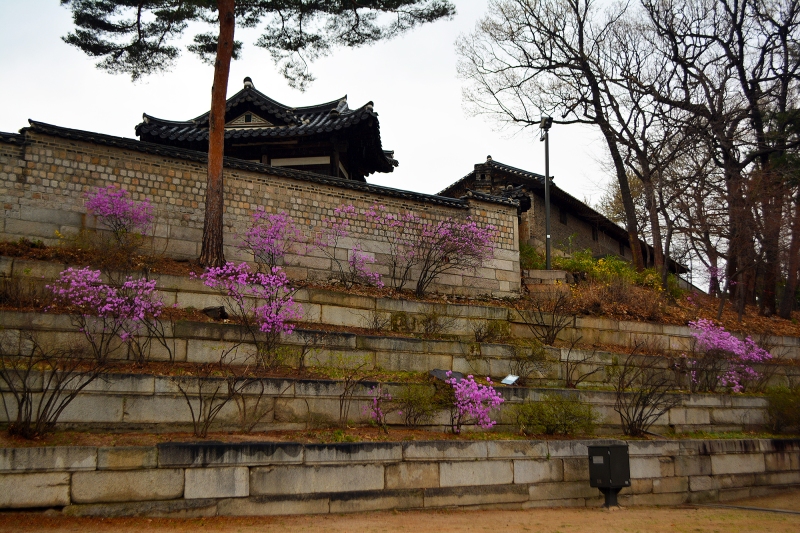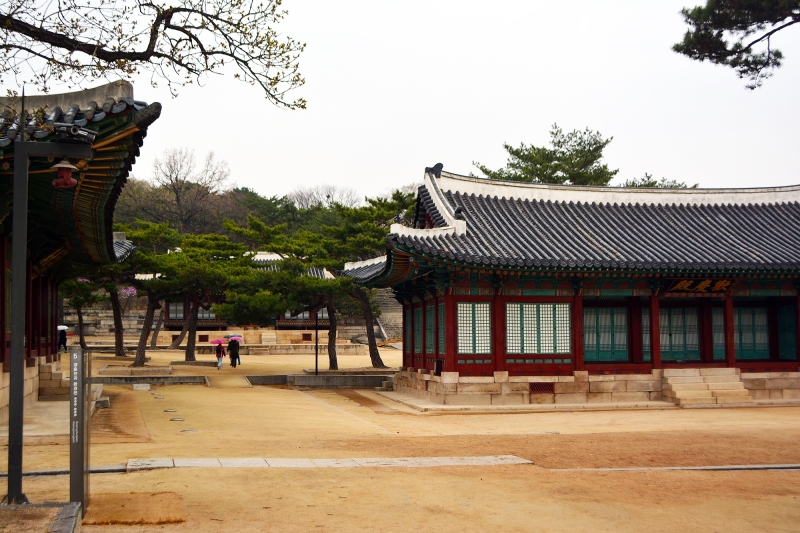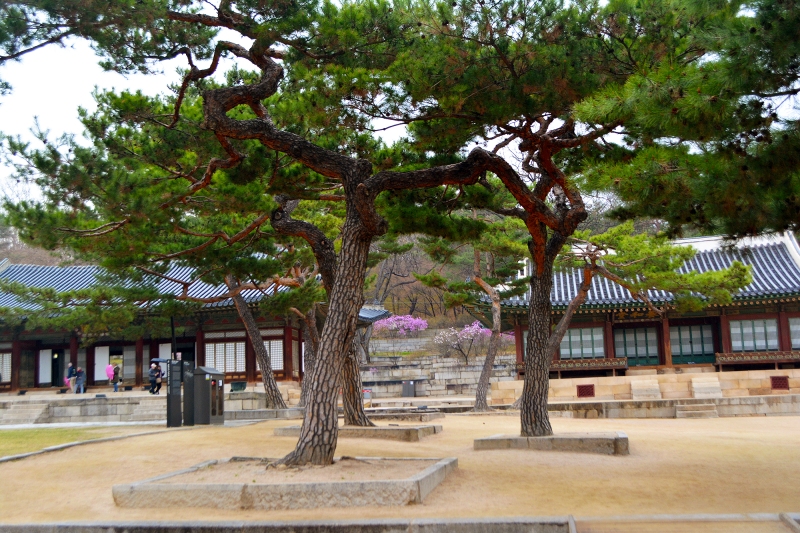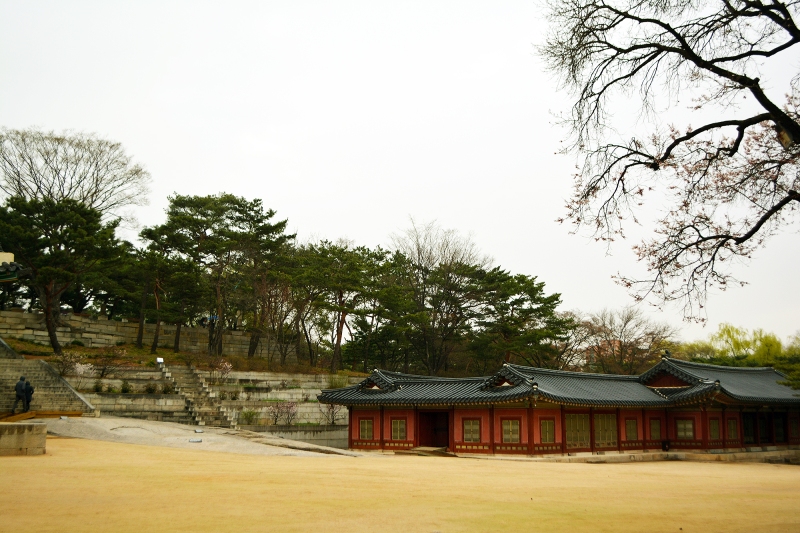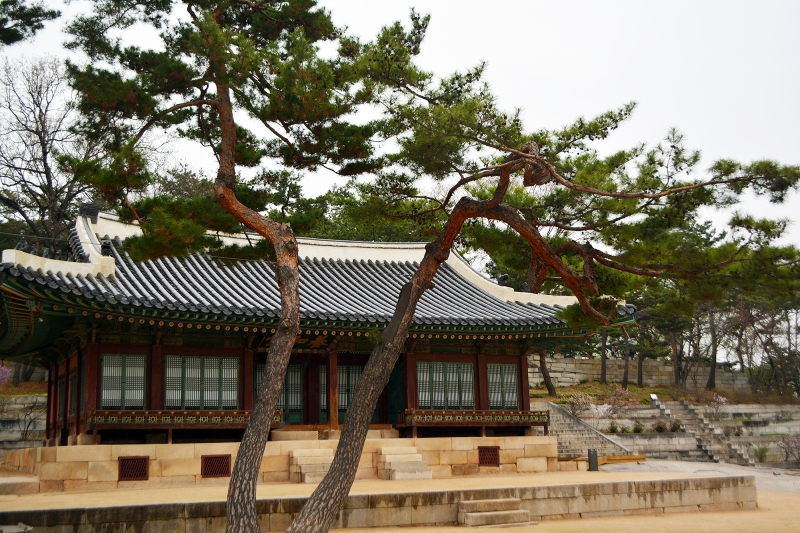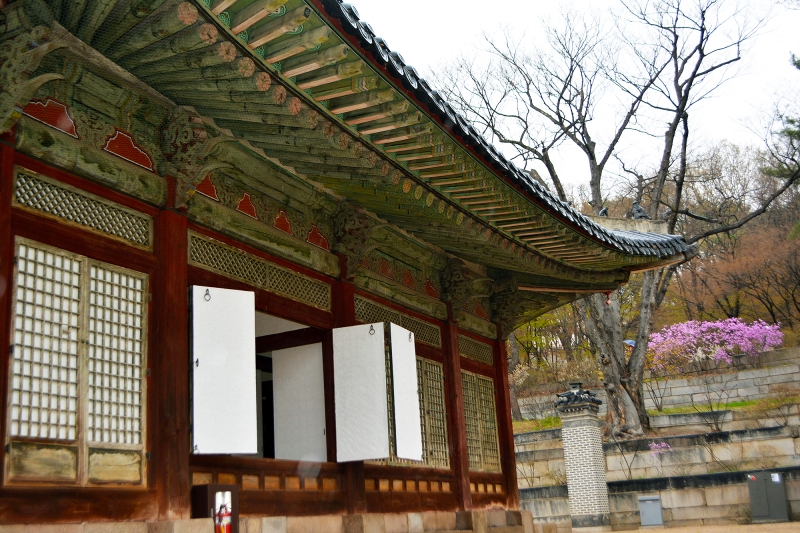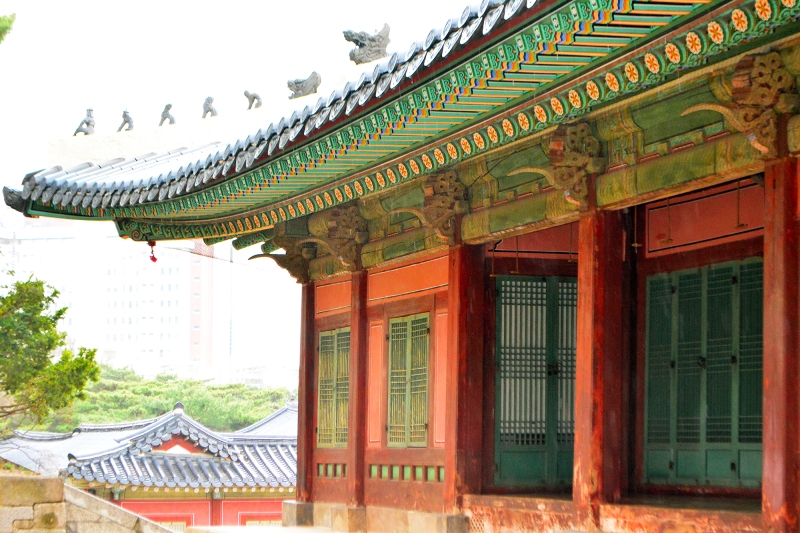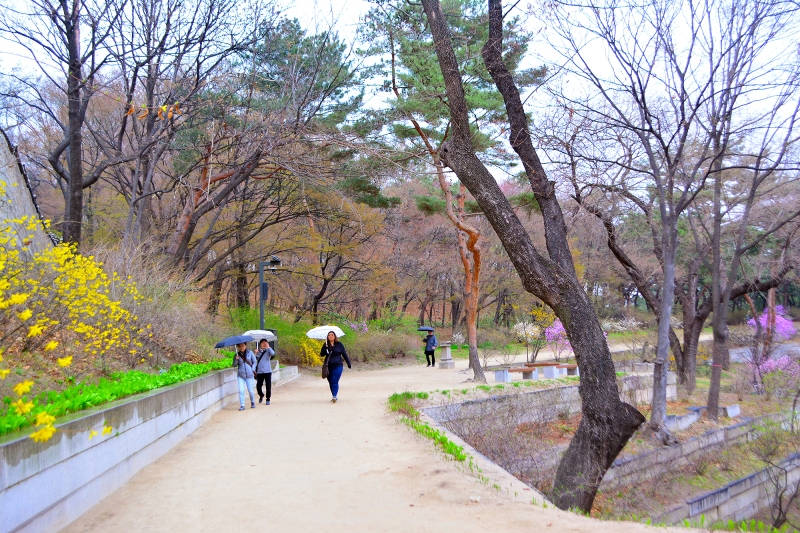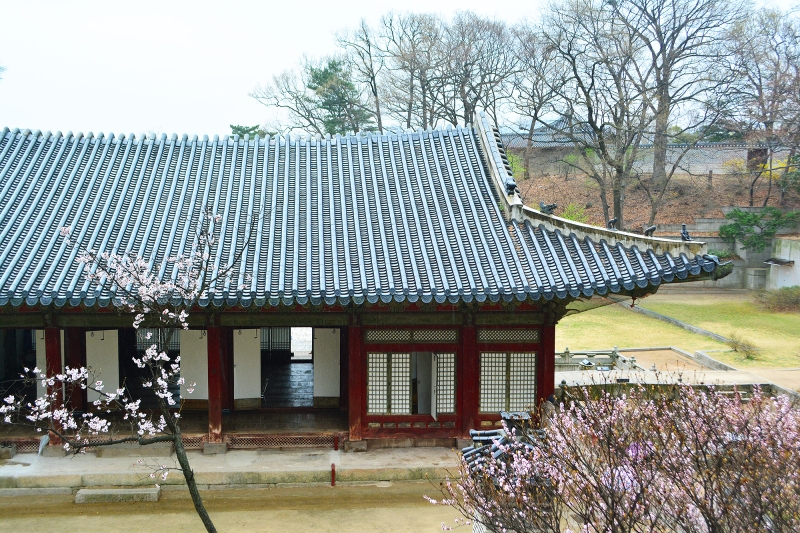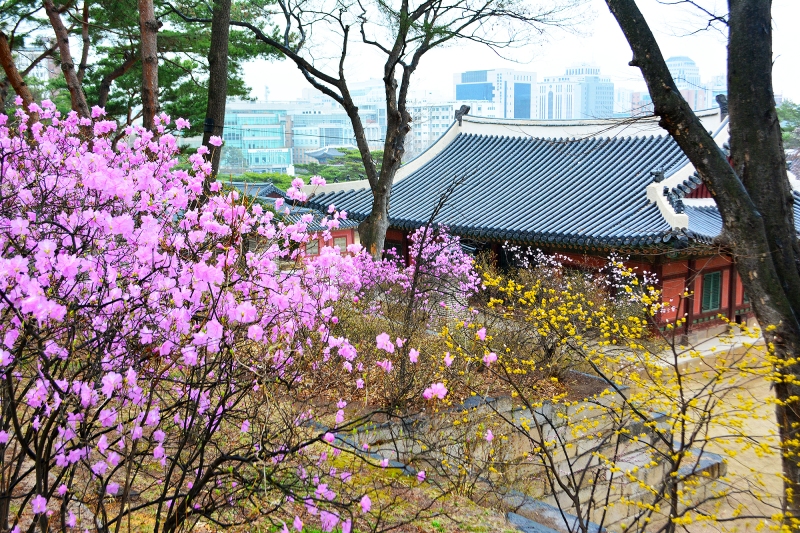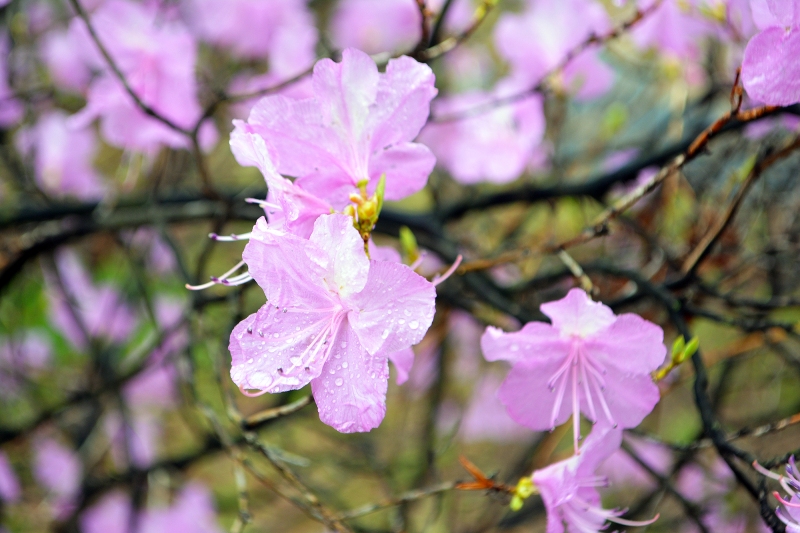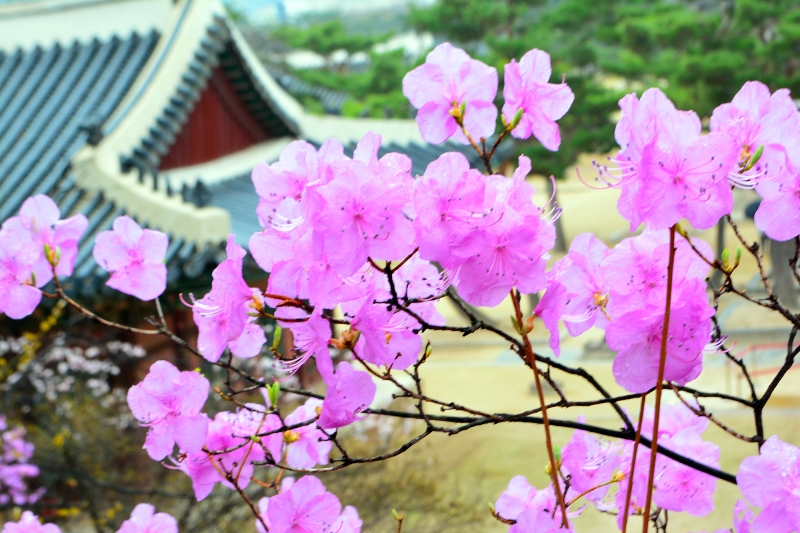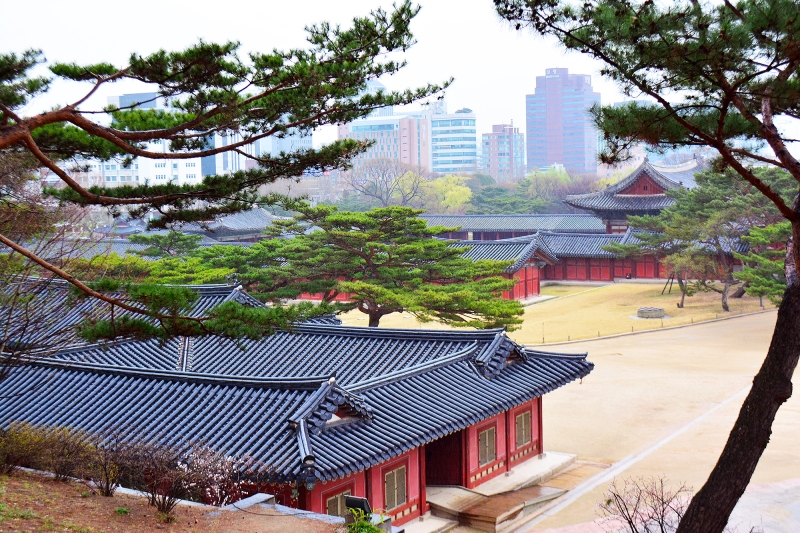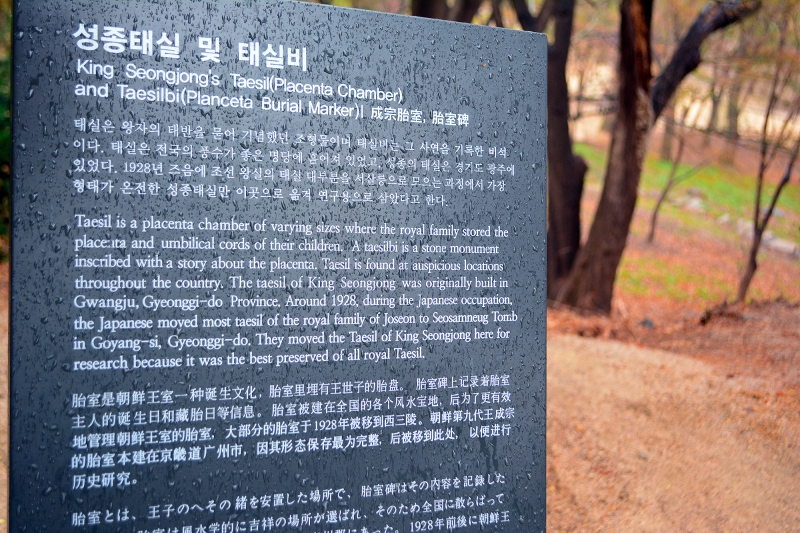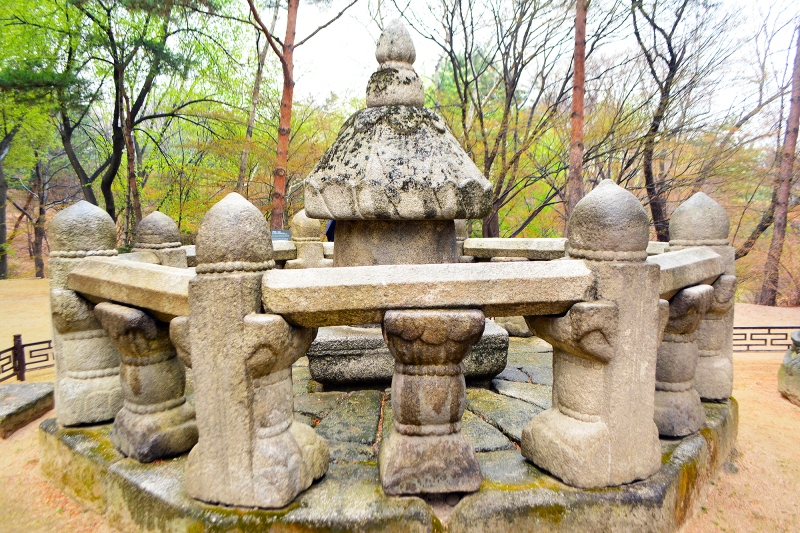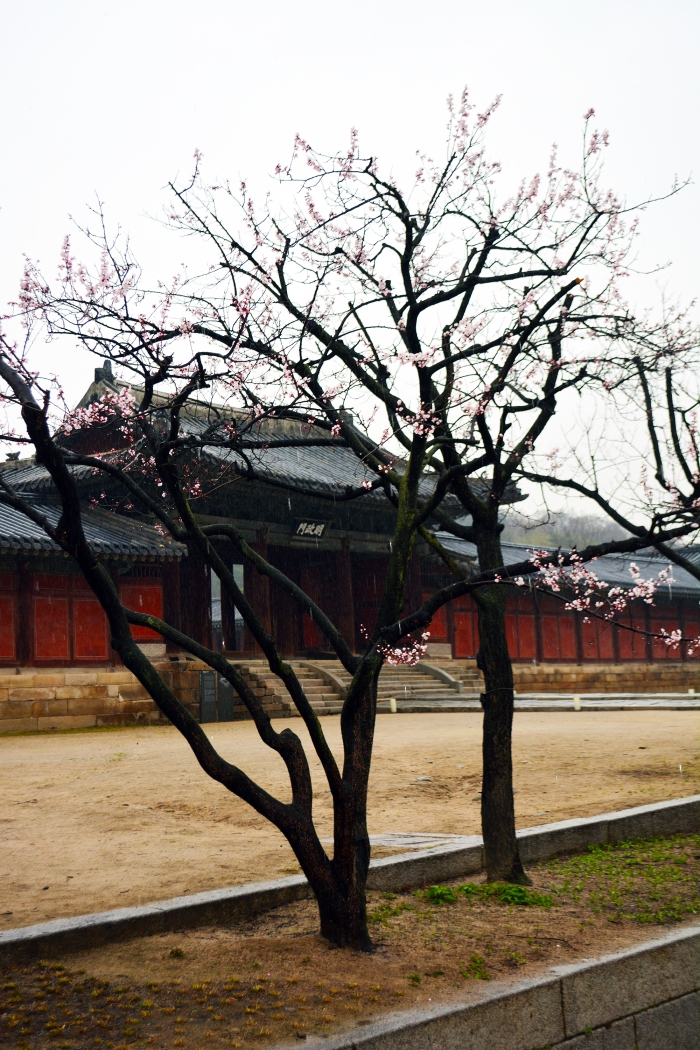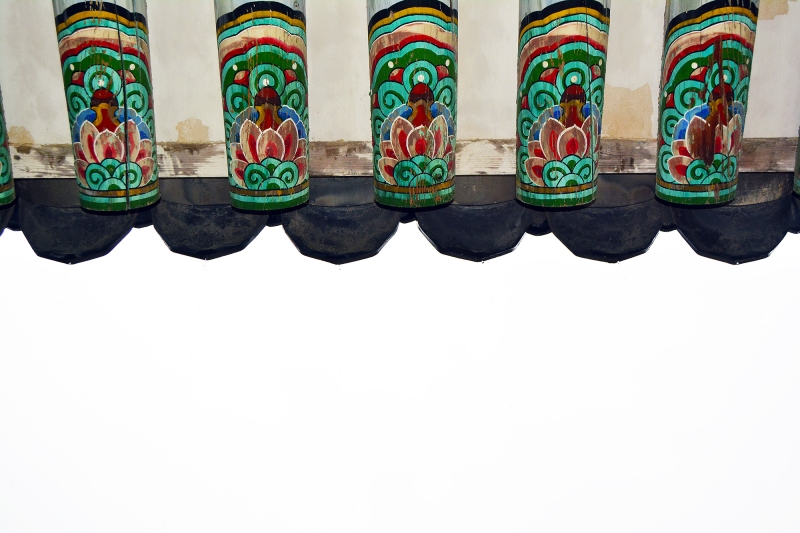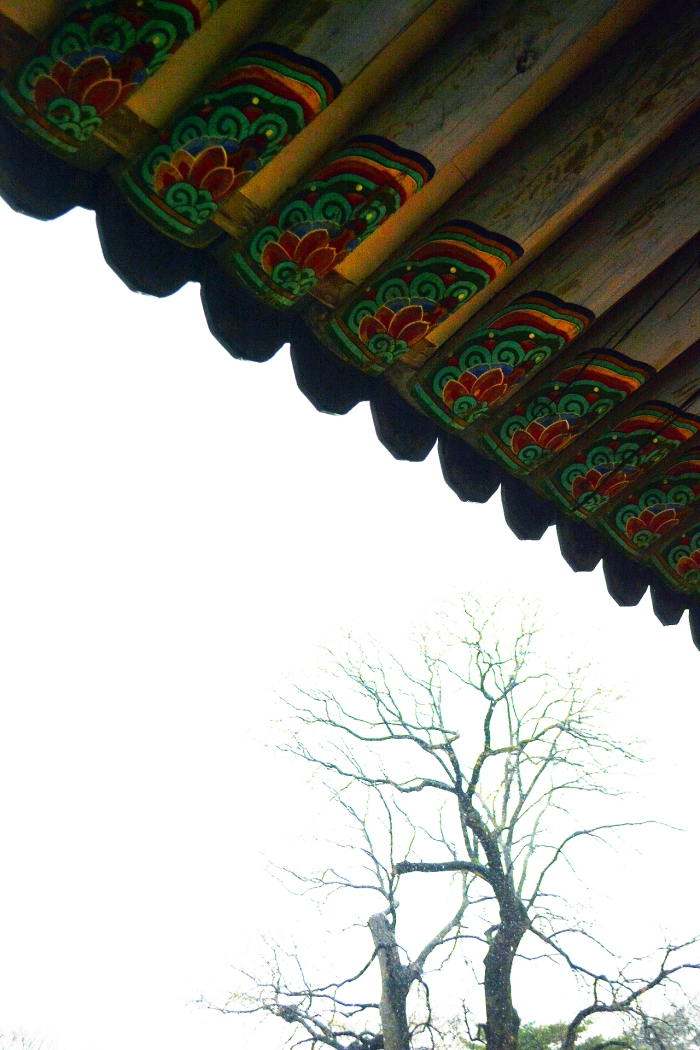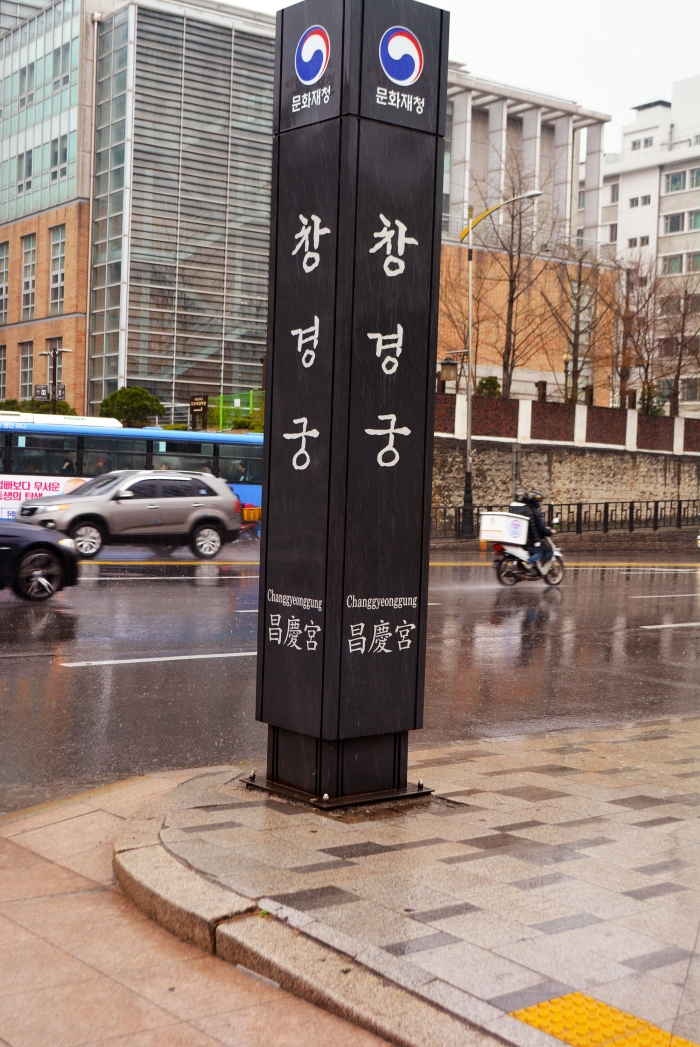Source: Shenyunperformingarts.org
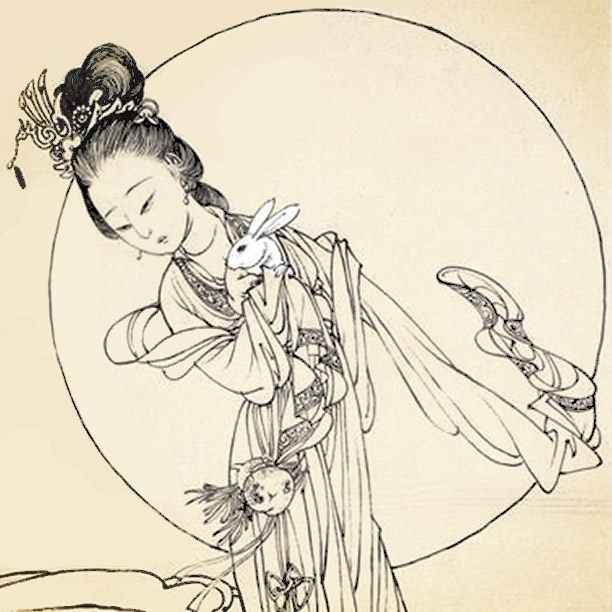
Cute, fluffy, and white, the Jade Rabbit is no ordinary bunny. Calling the moon its home, the Jade Rabbit is a mystical and enchanting Eastern legend. When the bunny isn’t busy making immortality elixirs, it keeps the beautiful goddess Chang’e company in the Moon Palace. Out of the various legends explaining the origin of the Mid-Autumn Festival, the tale of Chang’e tends to be better known, but what’s the story behind her tailed companion?
In East Asia, the Jade Rabbit is a widespread cultural symbol, and the various legends associated with this Eastern bunny differ from country to country. This is how one Chinese legend, an ancient Buddhist story, goes…
The Jade Emperor disguised himself into a poor, starving old man and begged for food from monkey, otter, jackal, and rabbit. Monkey gathered fruit from the trees, and otter gathered fish from the river. Jackal stole a lizard and a pot of milk curds. Rabbit though, could only gather grass. Knowing well enough that grass can’t be offered as food to humans, rabbit decided to offer its own body, sacrificing itself in the fire the man had started. Somehow, though, rabbit wasn’t burned. The old man suddenly revealed himself to be the great Jade Emperor! Touched deeply by rabbit’s selfless sacrifice, he sent it to the moon to become the immortal Jade Rabbit.
This mystical Jade Rabbit made its Shen Yun debut in the 2014 dance Monkey King Thwarts the Evil Toad. In this story, a big, bad toad wants to devour the Tang Monk. But after Monkey King comes to the rescue, toad flies off to hide in the Moon Palace. There, it finds the Jade Rabbit busy at work—pounding herbal medicine into magical elixir with its mortar and pestle.
When the Moon Goddess Chang’e appears and summons bunny away, the toad, which had been lurking the entire time, shape shifts into the likeness of the Jade Rabbit. It then swipes some elixir to heal its injured leg and runs off with bunny’s pestle as a weapon. With a malicious, armed meta-toad on the loose things get pretty hectic. Luckily, Monkey King’s golden gaze sees through every demonic guise. He thwarts the toad and saves the day, returns the magic pestle to the Jade Rabbit, and all ends well.
* * *
It is said that if you look up at the moon, you can see an outline of the Jade Rabbit pounding with a pestle. More than just cute, fluffy, and white, the Jade Rabbit is a sign of selflessness, piety, and sacrifice. Maybe that’s why the Jade Rabbit is on the moon—so that no matter where we are on Earth, we always have the ethics of righteousness and self-sacrifice to look up to.
So, the next time you look up at the moon, recall the Jade Rabbit who has nothing to give but himself—for others.
Ancient China was a land where gods and mortals lived in tandem and created a divinely inspired culture. And so it became that early Chinese history and mythology are wholly intertwined. Our new “Mythistory” series introduces you to the main characters of the marvelous legends of China.
WATCH Legend Of The IMMORTAL Rabbit On The Moon
——————————————————


